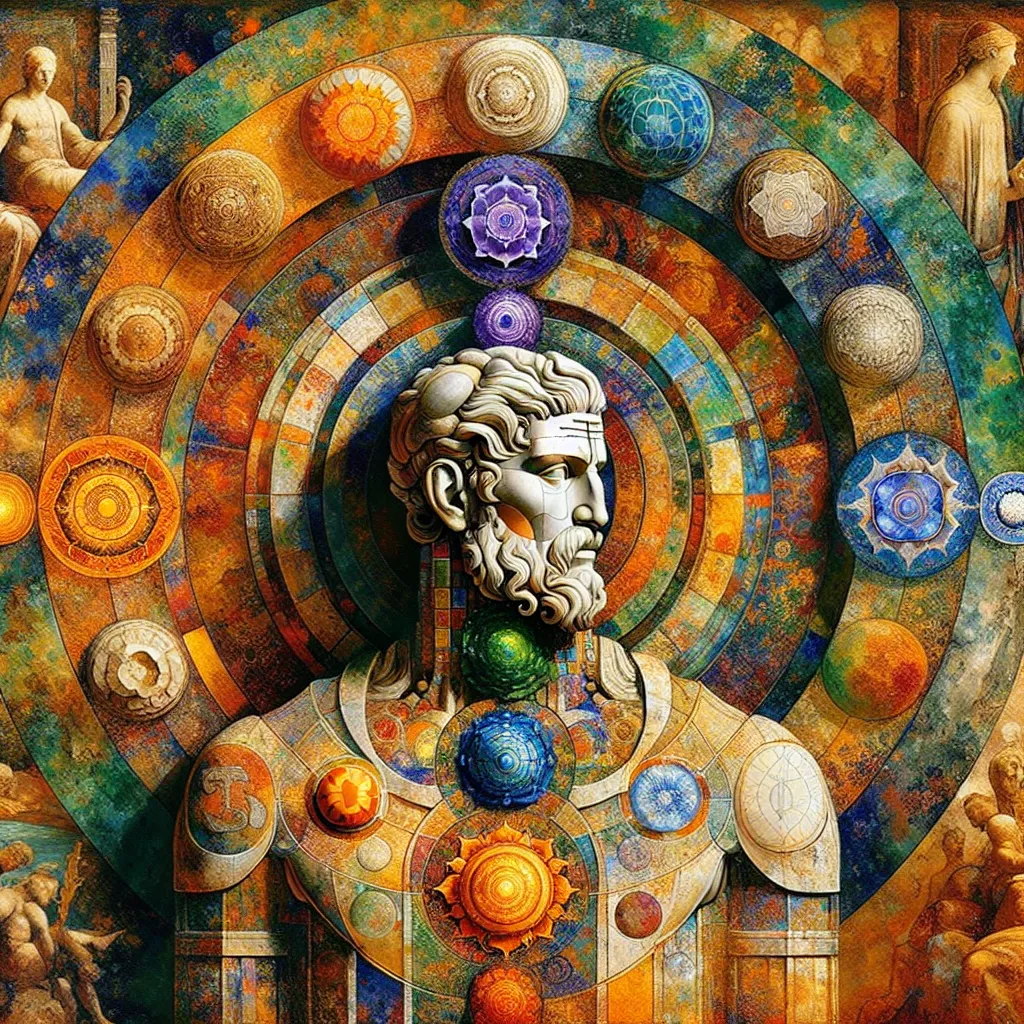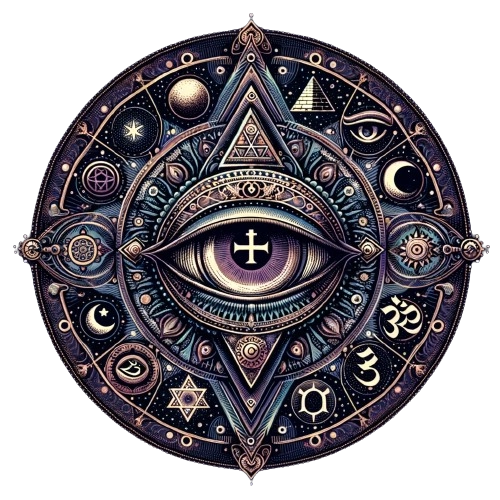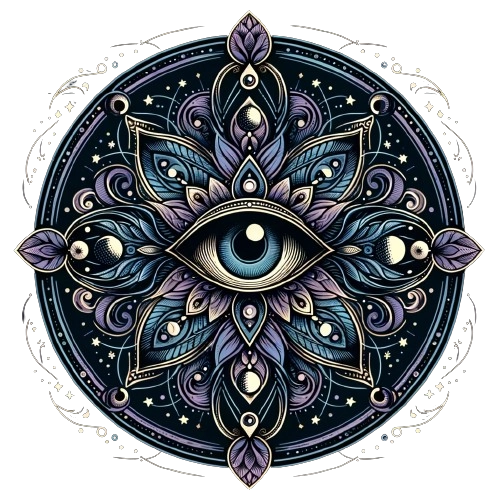
- Published on
- Authors

- Name
- You
Chakras in Western Esotericism: Theosophy and Beyond
Introduction
The ancient chakra system is an integral part of Eastern traditions, encompassing vast spiritual wisdom on the body's energy centers. Yet, the introduction and adaptation of this system in Western esoteric practices, particularly Theosophy, present a fascinating convergence of mystical insights and burgeoning scientific curiosity. Let us embark on a journey through history and explore how chakras have been woven into the tapestry of Western esoteric thought.
Theosophy’s Gateway to Ancient Wisdom
Theosophy, a mystical and philosophical tradition founded in the late 19th century by Helena Petrovna Blavatsky and others, serves as a pivotal bridge connecting Eastern esoteric philosophies with the Western mind. Embracing belief systems from Hinduism and Buddhism, Theosophy introduced the chakra system to a Western audience eager for spiritual enrichment.
Overview of Chakras in Theosophy
Blavatsky's "The Secret Doctrine" (1888) touches on the chakras, but it is Charles Webster Leadbeater's work that truly integrates chakras into Theosophical teaching. Leadbeater's "The Chakras" (1927) illustrates the chakras as colorful, spinning vortices, drawing correlations between these energy centers and various physical, emotional, and spiritual states.
The Seven Major Chakras
Below is an overview of the seven major chakras according to Theosophical teachings, aligned with traditional Hindu perspectives:
| Chakra | Location | Theosophical Perspective | Associated Color | Associated Element |
|---|---|---|---|---|
| Muladhara | Base of Spine | Root of physical vitality | Red | Earth |
| Svadhisthana | Lower Abdomen | Seat of emotional and creative forces | Orange | Water |
| Manipura | Solar Plexus | Power center and seat of personal identity | Yellow | Fire |
| Anahata | Heart | Bridge between lower and higher chakras, love, and compassion | Green | Air |
| Vishuddha | Throat | Expression and communication | Blue | Ether |
| Ajna | Brow | Intuition, insight, and mental clarity | Indigo | Mind |
| Sahasrara | Crown | Connection to divine and universal consciousness | Violet/White | Cosmic energy |
Modern Adaptations and Scientific Correlations
In contemporary spiritual practices, the understanding of chakras has evolved. Modern interpretations often blend psychological insights and scientific terminology with traditional esoteric wisdom. For instance, the concepts of electromagnetism and energy fields have been used to bridge chakras with modern bioenergetics.
Psychological and Medical Perspectives
Psychologists like Carl Jung have drawn parallels between chakras and archetypes, seeing them as representing stages of psychological development. More recently, complementary therapies such as Reiki and acupuncture have surfaced, drawing on the chakra system to explain energetic imbalances and their impact on health.
The Chakra Renaissance
The new millennium ignited a resurgence in the exploration and application of chakras, further integrating them into holistic health practices. From yoga to meditation, crystals to essential oils, the chakra system has become a versatile framework for spiritual and physical well-being.
Conclusion
The journey of chakras from ancient Eastern traditions through Theosophy and into modern Western esotericism exemplifies a rich, cross-cultural exchange of mystical wisdom and scientific exploration. As we continue to understand and harness these energy centers, their resonance within our multi-dimensional existence grows ever more profound, offering pathways to healing, personal growth, and universal connectivity.
Further Reading
- Helena Petrovna Blavatsky, "The Secret Doctrine" (1888)
- Charles Webster Leadbeater, "The Chakras" (1927)
- Carl Jung, "The Archetypes and the Collective Unconscious" (1959)
- Anodea Judith, "Eastern Body, Western Mind" (1996)
Join the Conversation
How have chakras influenced your spiritual or scientific journey? Share your experiences and insights in the comments below.
